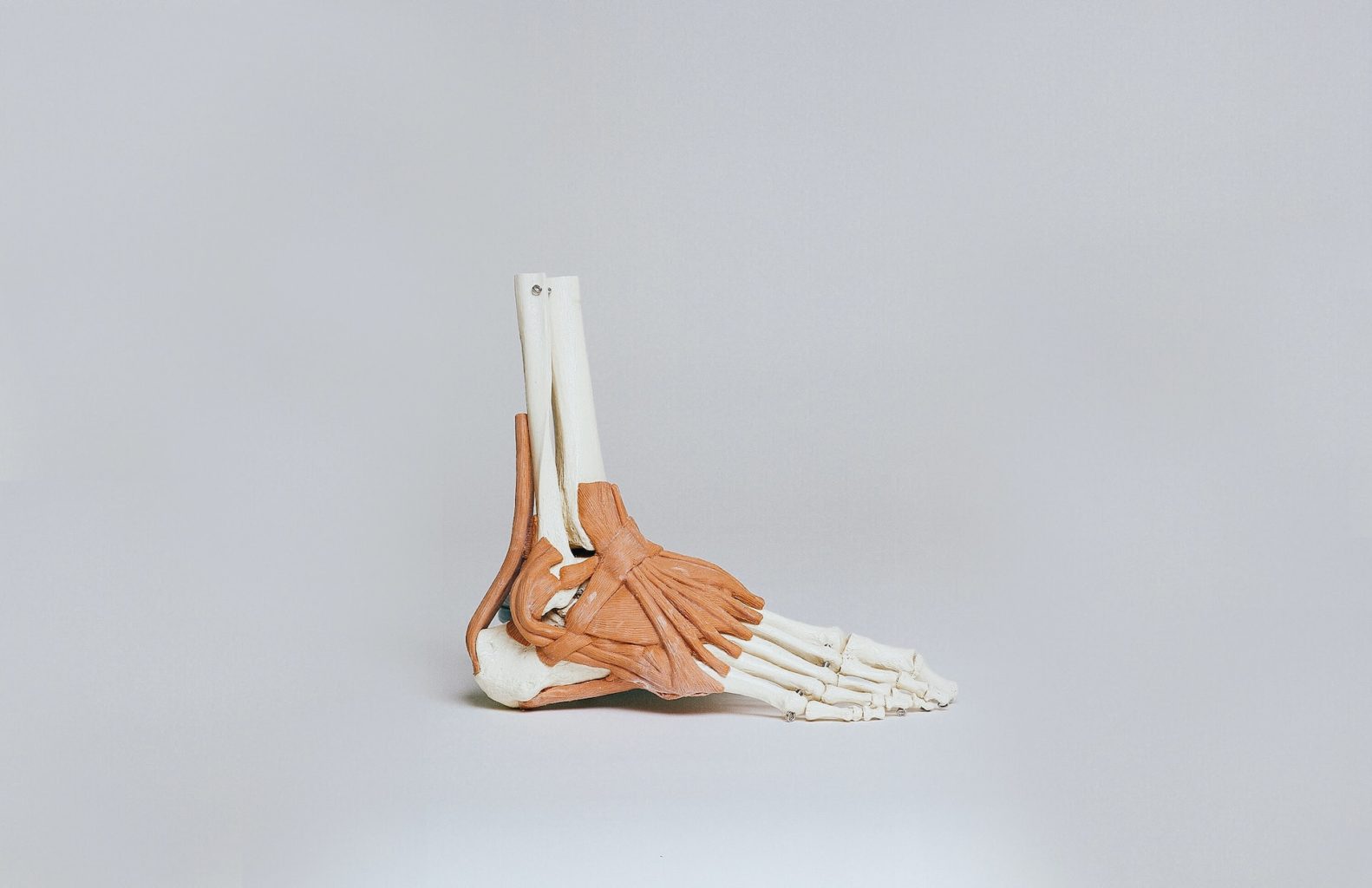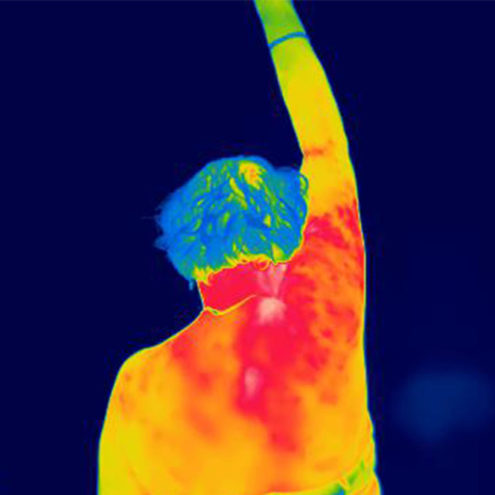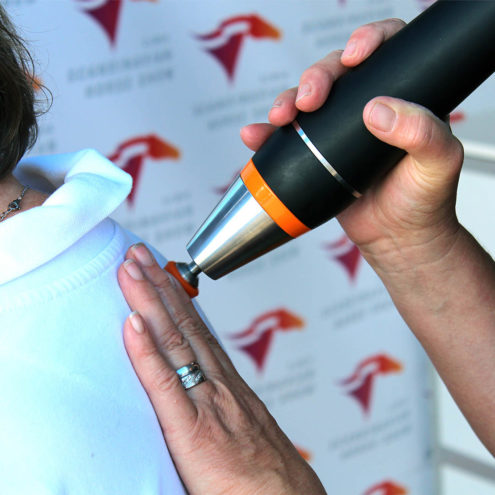Swollen ankle treatment

Anatomically, the word ankle refers to the area around the lower tibia and fibula and the bones of the foot. It is an area that has plenty of strong fascia structures, called retinaculum, that stabilize the ankle and “read the position of the foot”. This area is rich in nerve receptors that monitor the position of the foot on the ground and help with balance, known as proprioceptors.
What causes a swollen ankle?
Unless it is due to trauma, i.e. a blow, fall or sprain, a swollen ankle (or swollen ankles, usually occurring on both sides) is usually due to poor blood return to the venous system from the feet. There is fluid accumulation, edema, in the ankle area. The blood to be transported back from the feet, via the venous system, to the heart has to move against gravity and needs the help of the venous valve system and muscle work.
There are valves in the veins that are supposed to prevent blood flowing back down towards the feet. When these do not “hold tight”, blood leaks back down towards the foot and pressure increases in the ankle tissues. The increased pressure causes blood plasma to be squeezed out through the capillaries and accumulate in the fascia around the ankle, causing edema. This makes transportation even more difficult as it stops the flow in blood vessels, fascia and lymphatic vessels around the ankle.
A swollen ankle can be sore, but usually the swelling does not cause any direct pain in the ankle.
Why does the ankle get swollen?
The cause of poor reflux may therefore be that the valves of the veins do not function optimally, that the lymphatic system is unable to transport the excess fluid in the fascia, but it may also be caused by heart failure or high blood pressure.
Some medicines can also impair blood flow and cause ankles to swell. Alcohol also dilates blood vessels and can impair vein function and blood flow.
What is a swollen ankle a symptom of?
A swollen ankle is a symptom of a poor return of blood to the heart so that the pressure in the ankle increases and fluid is squeezed out of the capillaries. It is a symptom of poor flow in the fascia and circulation.
When and where should I seek treatment for a swollen ankle?
It is important to investigate the cause and rule out heart failure as soon as possible. Fascia treatment at a Fascia Clinic always facilitates flow and thus reduces swelling in the ankles. Often the problem is recurrent, depending on the cause, so regular treatment may be needed.
How is swollen ankle treated?
Fascia treatment at a Fascia Clinic helps reduce pressure and get flow going throughout the body. It helps the heart and circulation, including the lymphatic system, to function optimally. The treatment is gentle and comfortable, reducing tension and tightness in the fascia and muscles. The treatment is performed both manually and with pleasant vibrations.
Swollen ankle – What can I do myself?
Regular movement and exercise are good both for the heart and to help improve the return of blood and fluids from the feet. Muscle work then helps the veins work. Take breaks from sitting and get moving. Reduce sitting and even standing still as much as possible. Vigorous exercise should be avoided as it increases blood pressure which increases the outflow of plasma from the capillaries to the fascia.
Compression socks can be used to help reduce swelling. Resting with the foot elevated and moving the feet also helps. Weight loss and reducing alcohol intake, if appropriate, can also reduce problems.
Self-care with lymphatic massage to improve lymph flow.
Swollen ankle – Exercises
Any type of gentle movement and foot exercises, preferably with the feet in an elevated position, facilitates reflux.
Frequently asked questions and answers about swollen ankle
How can I reduce ankle swelling?
Regular movement of moderate intensity, so as not to raise blood pressure too much. Foot exercises, moving ankles and toes. Own lymphatic massage with light upward strokes. Use compression stockings if necessary. Keep track of medication and alcohol intake.
How long should you have a swollen ankle in an elevated position?
Until you feel that the pressure is relieved. Feel free to massage and move your feet at the same time.
 Search
Search


































